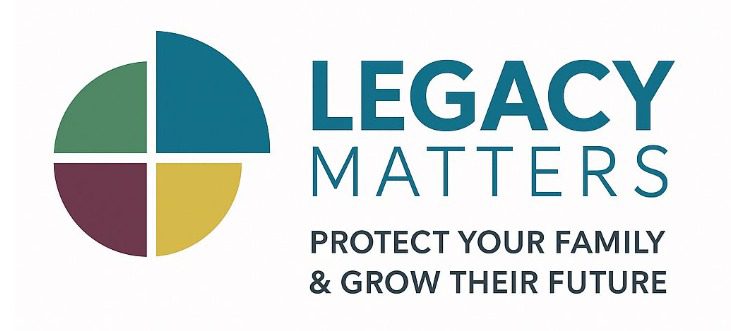Time to start thinking ahead. The UK residential nil rate band (RNRB) is due to update this year. So, what might this mean for you?
Let’s take a look at the main criteria of the RNRB and how it works in practice as well as the main conditions.
What is the UK Residential nil rate band and how can it help me?
The residential nil rate band (RNRB) was introduced on 6th April 2017. For those eligible to use it, it is in addition to the standard nil rate band for inheritance tax. The RNRB is able to protect your spouses, children or grandchildren from large inheritance taxes where the home or assets of equivalent value are being passed on.
The aim of the allowance is to make it easier to pass on your family home to children and grandchildren without the burden of inheritance tax. Whilst the RNRB cannot be used for lifetime planning, it’s important to consider it in conjunction with other estate planning to ensure that you maximise available potential relief.
As legislation changes and updates, it makes sense to review your will and trusts periodically to cater for any changing circumstances that could adversely impact what you have set out in your legacy plans. The residence nil rate band is just one way you could be missing out on maximizing how much your benefactors inherit.
Who can benefit from this?
The residence nil rate band is applicable when the main residence passes to children or direct descendants. However, the rules have been extended to accommodate situations where assets pass into the joint names of descendants.
What if I have planned for the family home to pass into trust or a legacy plan?
If you have placed your property into a discretionary trust for the benefit of the children or grandchildren you may lose the benefits from the residence nil rate band. This is because complications can arise when an estate is left to a combination of qualifying and non-qualifying beneficiaries. We can help you understand your specific circumstances to arrange your affairs to make the most of all your inheritance tax allowances

What about if I want to downsize or have multiple residences?
The family home doesn’t need to be owned by you when you pass away to qualify. If you have downsized or sold your property to move into a residential care or a relative’s home your beneficiaries may still be eligible for this additional allowance.
It’s important to note that only one residential property will qualify. You can nominate which property should qualify if there is more than one in your estate. As property values change, it is worth keeping track of which property you nominate.
Our expert advisors can help you make the best decisions
As you can see, the provisions can be quite complicated. We are here to help consider your options and confirm whether your estate is likely to receive the relief, and if not, whether any planning can be put in place to ensure the relief is available. This can also be done alongside your more general inheritance tax planning review.
We can help you to prepare for any unexpected circumstances by establishing and nurturing an enduring estate and trust plan. We are here to help you through this process and can guarantee that your wishes are recorded correctly. You can rest assured that your loved ones will have access to everything they need and that your wishes can be carried out in the proper manner by setting out plans with us.
Want more information on RNRB and your circumstances?
Speak to one of our Estate Planning experts today to consider your legacy plan and make sure you are making the most of Inheritance Tax allowances.
From our Cambridge office, in your own home or online, we’re ready to help you in the way that is best for you.


0 Comments